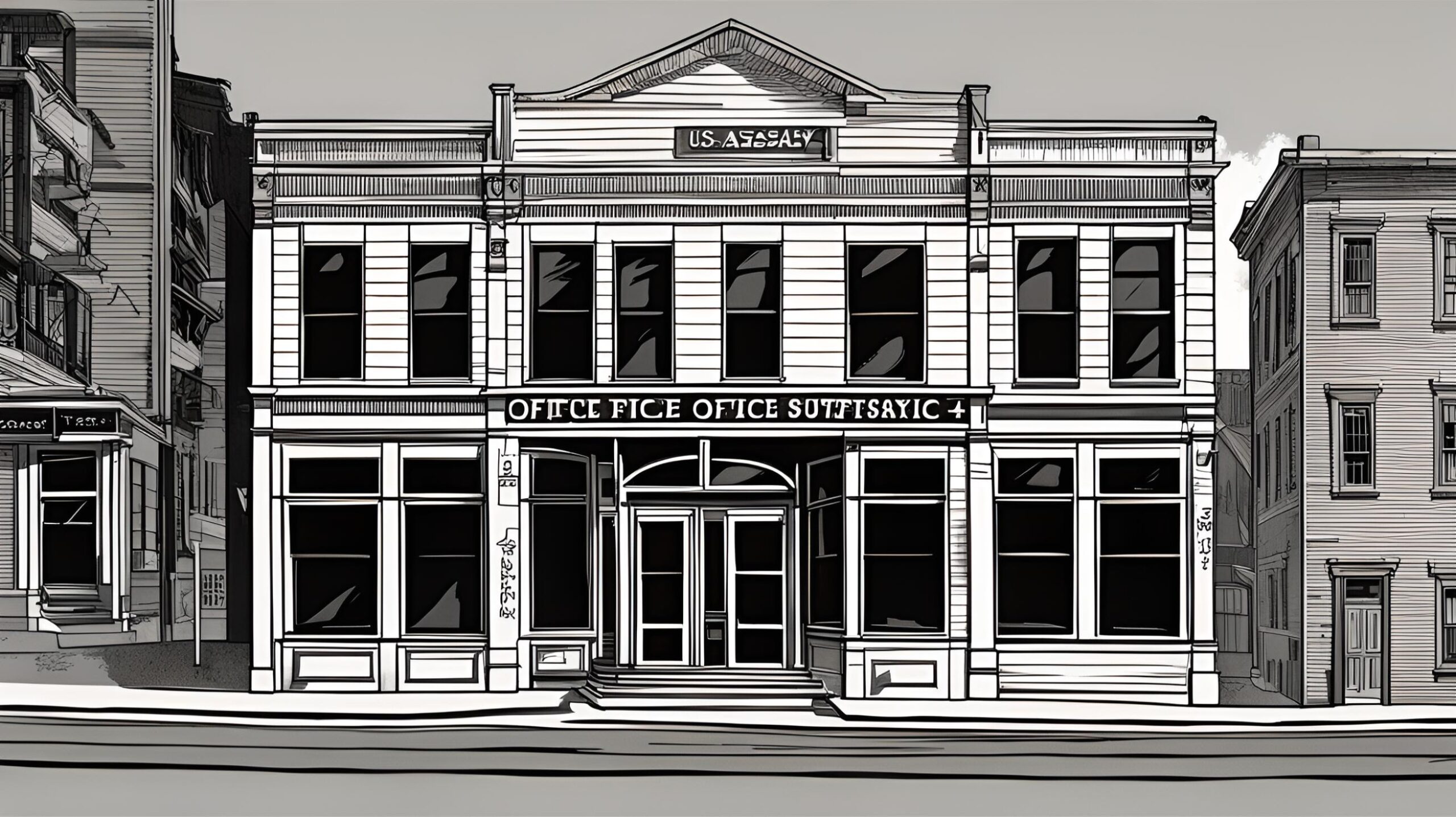Flashback to June 30
American History

On July 2, 1850, Benjamin J. Lane patented the self-contained gas mask, a groundbreaking invention that revolutionized the way people could protect themselves from harmful gases. This invention was a significant milestone in the field of respiratory protection, providing individuals with a portable and reliable defense against various toxic substances.
Before the development of the self-contained gas mask, people relied on rudimentary methods to protect themselves from noxious gases. These methods included wetting cloth or sponge and placing it over the mouth, which offered limited effectiveness. The invention by Benjamin J. Lane changed this scenario, transforming the concept of protective masks.
The self-contained gas mask consisted of a rubber mask that covered the entire face, providing a secure seal. Attached to the mask was a small container filled with a chemical substance that filtered out harmful gases. The mask also had a valve mechanism that allowed the user to breathe in the filtered air while preventing the entry of any hazardous substances.
This patented invention not only improved the level of protection but also enhanced mobility and convenience. The previous methods of gas protection were often restrictive and limited people’s ability to move freely. However, the self-contained gas mask allowed individuals to carry it with them, offering portability and flexibility in various scenarios.
The significance of Benjamin J. Lane’s invention cannot be overstated. It marked a turning point in industrial safety, as workers in hazardous environments now had a reliable tool to safeguard their respiratory health. This development was particularly crucial during the Industrial Revolution when industrial processes emitted a range of hazardous fumes.
Furthermore, the self-contained gas mask had a substantial impact on various fields beyond industrial safety. It found applications in military operations, enabling soldiers to protect themselves from chemical warfare agents during World War I and subsequent conflicts. The gas mask quickly became a standard piece of equipment for military personnel, demonstrating its effectiveness and reliability.
With the continuous improvement and advancement of technology, the self-contained gas mask has evolved significantly since its inception. Modern gas masks incorporate advanced filtration systems, improved materials, and enhanced comfort features. They are now designed to be more lightweight, user-friendly, and equipped with better sealing capabilities to ensure maximum protection.
The development of the self-contained gas mask by Benjamin J. Lane laid the foundation for future advancements in respiratory protection. It paved the way for further innovations aimed at minimizing the adverse health effects of harmful gases. Today, gas masks are not only used in industrial and military settings but also in emergency response situations, firefighting, and even certain medical procedures.
the invention of the self-contained gas mask by Benjamin J. Lane on July 2, 1850, was a significant milestone in the field of respiratory protection. It provided a practical and efficient solution for individuals to protect themselves from harmful gases, revolutionizing industrial safety and transforming various industries. The continuous evolution of gas masks since then demonstrates their continuing significance in safeguarding respiratory health.
We strive for accuracy. If you see something that doesn't look right, click here to contact us!
Sponsored Content

US Assay Office in…
On June 30, 1927,…

US President Harry Truman…
On June 30, 1950,…

Battle of Fort Recovery,…
The Battle of Fort…

US Assay Offices in…
On June 30, 1933,…

US Federal Equal Rights…
On June 30, 1982,…

